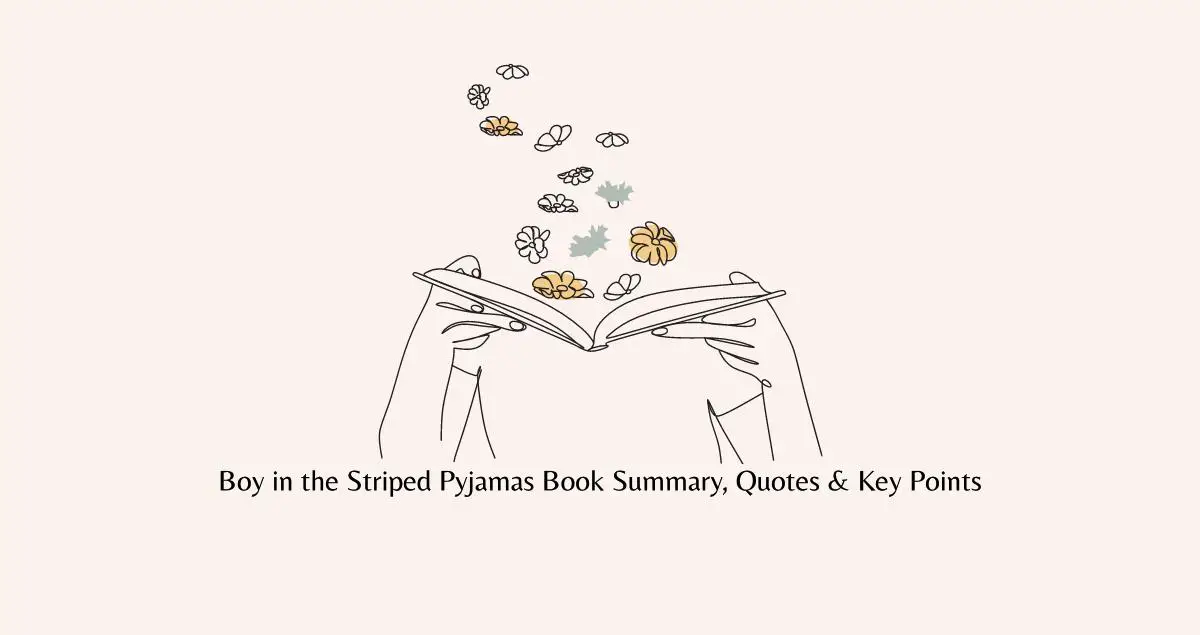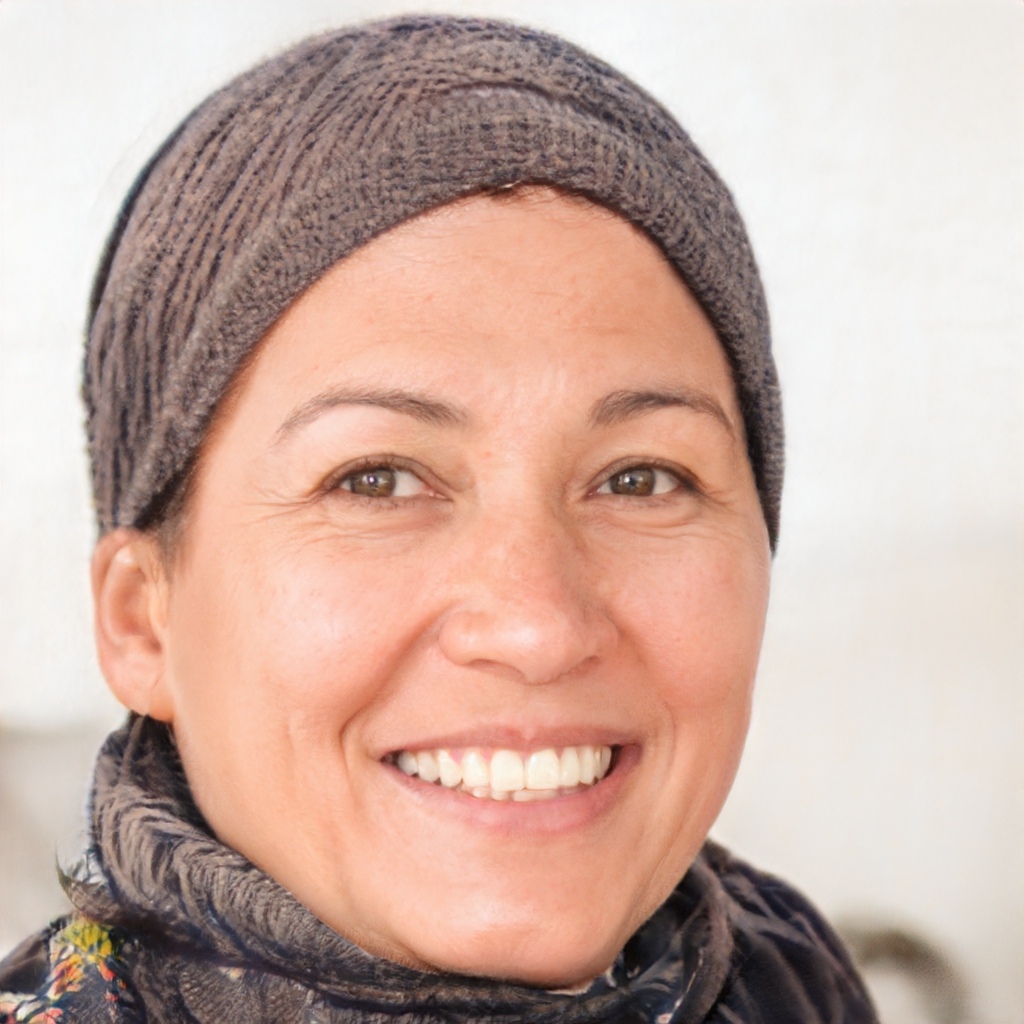The Boy in the Striped Pyjamas is a heart-wrenching novel that explores the horrors of the Holocaust through the eyes of a young boy. Written by John Boyne, the book tells the story of Bruno, a nine-year-old German boy, who befriends a Jewish boy named Shmuel through the fence of a concentration camp. The novel is a poignant reminder of the atrocities committed during World War II and the importance of empathy and compassion in a world torn apart by hatred and violence.
Table of Content
The Boy in the Striped Pyjamas Book Summary
Plot Summary
The story is set in Nazi Germany during World War II and follows the life of Bruno, the son of a high-ranking SS officer. When Bruno's father is promoted, the family moves from their comfortable home in Berlin to a desolate area near a concentration camp. From his bedroom window, Bruno sees the camp and the people inside, all wearing striped pyjamas. Curious and lonely, Bruno decides to explore the area and meets Shmuel, a Jewish boy who lives on the other side of the fence. The two boys form an unlikely friendship, but their innocent bond is threatened by the horrors of the war.
Character Analysis
Bruno is a naive and innocent boy who struggles to understand the world around him. He is curious and kind-hearted, but his upbringing and surroundings have blinded him to the truth of the war. Shmuel, on the other hand, is a Jewish boy who has suffered greatly at the hands of the Nazis. He is wise beyond his years and has a deep understanding of the world. Despite their differences, the two boys form a bond that transcends the barriers of race and religion.
Setting Description
The novel is set in Germany during World War II and takes place in two main locations: Bruno's house and the concentration camp. The contrast between the two settings is stark, with Bruno's house being a comfortable and luxurious home, while the concentration camp is a place of horror and despair. The fence that separates the two locations serves as a powerful symbol of the division and hatred that existed during the war.
Themes Explored
The Boy in the Striped Pyjamas explores several themes, including the horrors of war, the importance of empathy and compassion, the dangers of prejudice and discrimination, and the power of friendship. The novel also explores the theme of innocence, as seen through the eyes of Bruno, who struggles to understand the true nature of the war and the atrocities committed by the Nazis.
Symbolism and Imagery
The novel is rich in symbolism and imagery, with the fence that separates Bruno and Shmuel serving as a powerful symbol of the division and hatred that existed during the war. The striped pyjamas worn by the prisoners in the concentration camp also serve as a powerful symbol of the dehumanization and suffering experienced by the Jewish people during the Holocaust.
The Boy in the Striped Pyjamas Book Review
The Boy in the Striped Pyjamas is a powerful and moving novel that explores the horrors of the Holocaust through the eyes of a young boy. John Boyne's writing is both beautiful and haunting, and the novel is a poignant reminder of the importance of empathy and compassion in a world torn apart by hatred and violence. The story is heartbreaking and tragic, but it is also a testament to the power of friendship and the resilience of the human spirit.
The Boy in the Striped Pyjamas Quotes
"We're not supposed to be friends, you and me. We're meant to be enemies. Did you know that?"
"Sitting around miserable all day won't make you any happier."
The Boy in the Striped Pyjamas Key Points
Historical Context
The novel is set in Nazi Germany during World War II and explores the horrors of the Holocaust.
Moral Lessons
The novel teaches the importance of empathy, compassion, and the dangers of prejudice and discrimination.
Writing Style
John Boyne's writing is both beautiful and haunting, and the novel is a poignant reminder of the importance of empathy and compassion in a world torn apart by hatred and violence.
FAQs for The Boy in the Striped Pyjamas
1. Who is the protagonist of the story?
The protagonist of the story is Bruno, a nine-year-old German boy.
2. What is the significance of the title?
The title refers to the striped pyjamas worn by the prisoners in the concentration camp, which serves as a powerful symbol of the dehumanization and suffering experienced by the Jewish people during the Holocaust.
3. What is the historical context of the story?
The story is set in Nazi Germany during World War II and explores the horrors of the Holocaust.
4. How does the author use symbolism in the story?
The author uses symbolism to convey the themes of the novel, with the fence that separates Bruno and Shmuel serving as a powerful symbol of the division and hatred that existed during the war, and the striped pyjamas worn by the prisoners serving as a symbol of the dehumanization and suffering experienced by the Jewish people.
5. What is the message of the story?
The message of the story is the importance of empathy, compassion, and the dangers of prejudice and discrimination.
6. How does the story end?
The story ends tragically, with Bruno and Shmuel both losing their lives in the concentration camp.
7. What is the relationship between Bruno and Shmuel?
Bruno and Shmuel form an unlikely friendship that transcends the barriers of race and religion.
8. How does the story explore the theme of innocence?
The story explores the theme of innocence through the eyes of Bruno, who struggles to understand the true nature of the war and the atrocities committed by the Nazis.
9. What is the impact of the story on the reader?
The story is heartbreaking and tragic, but it is also a testament to the power of friendship and the resilience of the human spirit.
10. How does the author use language to convey the emotions of the characters?
The author uses language to convey the emotions of the characters, with Bruno's naive and innocent voice contrasting with the horrors of the war.

